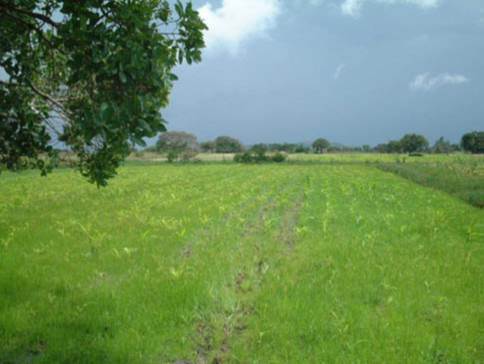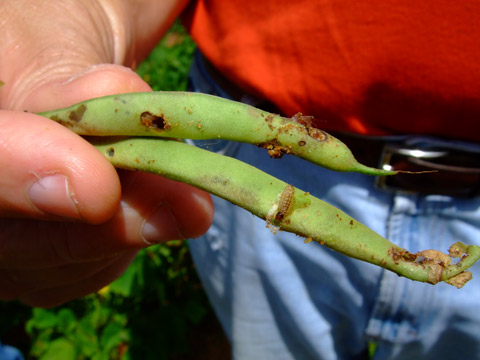Potato consumption has increased dramatically in Sub-Saharan Africa in the past ten years as more people have moved to cities and have diversified their diets. Potato production has increased to meet the demand through the planting of more fields with potatoes which are encroaching on forestland. Potato yields remain low in Africa primarily due to damage from the late blight disease. Increasing farmer knowledge about late blight and the importance of fungicide recommendations could dramatically increase potato yields.
“Potato cultivars grown in Uganda have low levels of general resistance to late blight. As such, most commercial potato farmers rely on fungicide applications for control of Phytophthora infestans, the causal agent of late blight.
Potato has become an important staple and cash crop in the highlands of eastern Africa. These areas experience moderate temperatures (about 15–22°C) and receive relatively high amounts of rainfall (>1200 mm per year) that are favourable for potato production. However, these same conditions favour severe epidemics of late blight, and as such, late blight is a major limitation to potato production in high humid elevations.
In Uganda, potato late blight has been a serious problem since the introduction of the crop into the country in the early 1900s… During the 1990s, six varieties with resistance to late blight were released. However, resistance to late blight in these cultivars has since been overcome and significant yield losses experienced. Additionally, susceptible varieties are still greatly desired by farmers due to their good agronomic characteristics. Invariably, fungicides must be used to ensure disease control.”
Authors: Kankwatsa, P., et al.
Affiliation: Department of Crop Science, Makerere University, Uganda.
Title: Efficacy of different fungicide spray schedules for control of potato late blight in Southwestern Uganda.
Source: Crop Protection. 2003. 22:545-552.











